Check the ingredients!
... live healthy!


| "Descrizione" by Frank123 (12008 pt) | 2023-Jun-13 12:34 |
| Evaluation | N. Experts | Evaluation | N. Experts |
|---|---|---|---|
| 1 | 6 | ||
| 2 | 7 | ||
| 3 | 8 | ||
| 4 | 9 | ||
| 5 | 10 |
Hydroxycitronellol (3,7-dimethyloctane-1,7-diol) is a chemical compound, an aliphatic alcohol
It appears as a colourless to pale yellow liquid with a floral, rose-like fragrance.
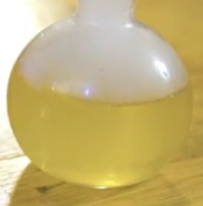
What it is used for and where
Cosmetics
Perfuming. Unlike fragrance, which can also contain slightly less pleasant or characteristic odours, the term perfume indicates only very pleasant fragrances. Used for perfumes and aromatic raw materials.
Safety
As with most cosmetic perfumes, Hydroxycitronellol has also been shown to be potentially allergenic, albeit to a lesser extent than the better-known allergens.
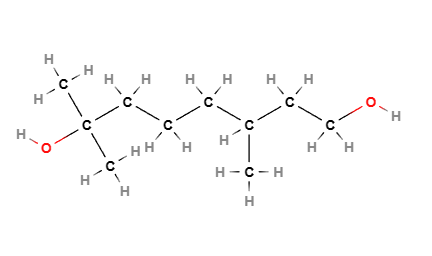 | 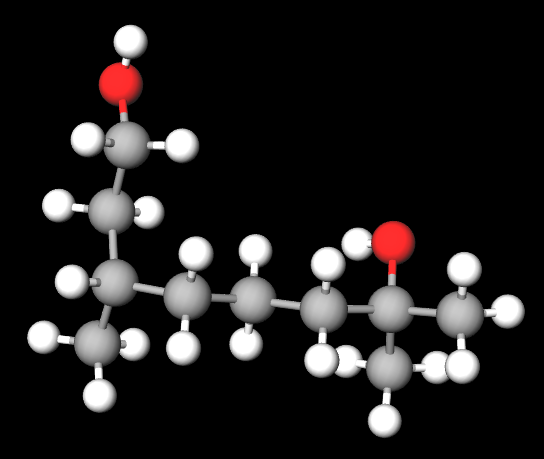 |
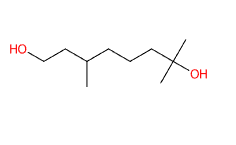 | 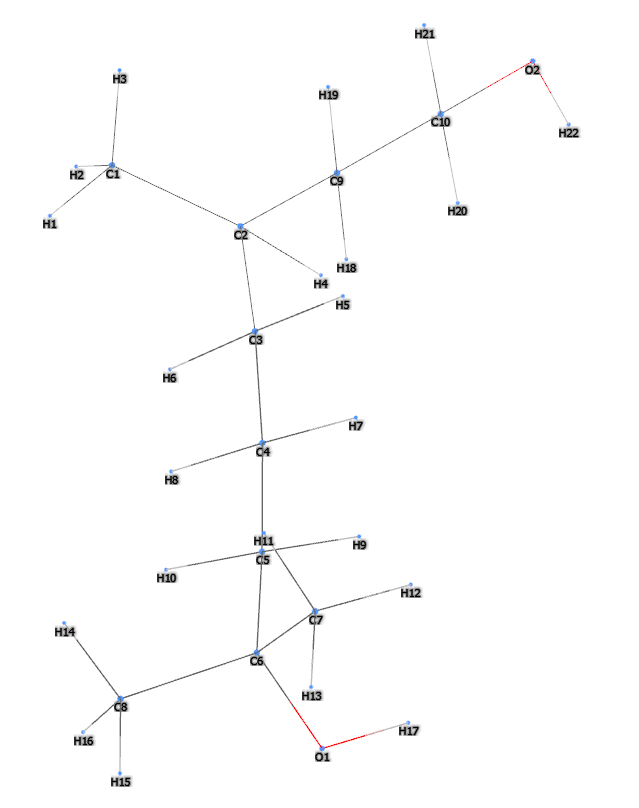 |
References_____________________________________________________________________
Larsen W, Nakayama H, Fischer T, Elsner P, Frosch P, Burrows D, Jordan W, Shaw S, Wilkinson J, Marks J, Sugawara M, Nethercott M, Nethercott J. Fragrance contact dermatitis - a worldwide multicenter investigation (Part III). Contact Dermatitis. 2002 Mar;46(3):141-4. doi: 10.1034/j.1600-0536.2002.460302.x.
Abstract. The purpose of this study was to determine the frequency of responses to selected fragrance materials in patients who were fragrance sensitive. 218 fragrance sensitive subjects were evaluated in eight centres worldwide with a fragrance mixture (FM) and 17 less well-studied fragrance materials. Reaction to the fragrance mixture (FM) occurred in 76% of the subjects. The (FM) detected all reactions to nerol and hydroxycitronellol and 93% of the reactions to clove bud oil. Ten fragrance materials were not detected by the FM and deserve further study: benzenepropanol, beta, beta, 3-trimethyl, hexyl-salicylate, dl-citronellol, synthetic ylang ylang oil, benzyl mixture, cyclohexyl-acetate, eugenyl methyl ether, isoeugenyl methyl ether, 3-phenyl-1-propanol, and 3, 7-dimethyl-7-methoxyoctan-2-ol.
| Evaluate |